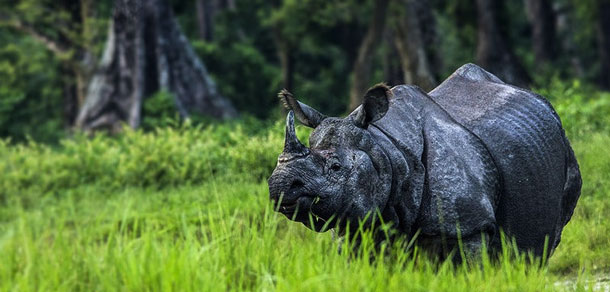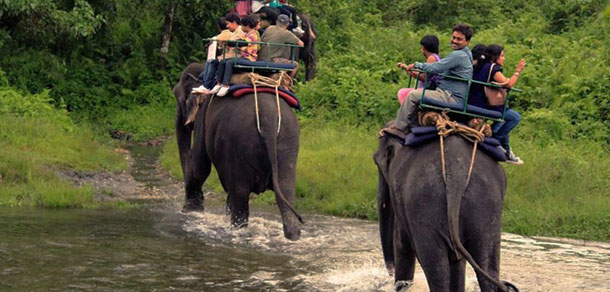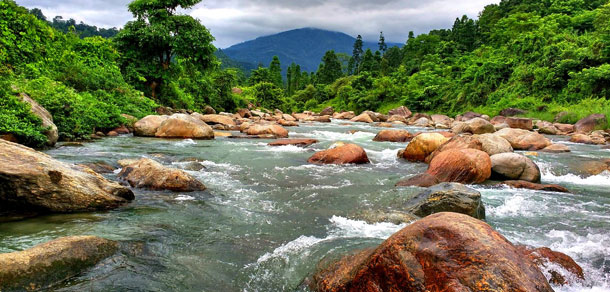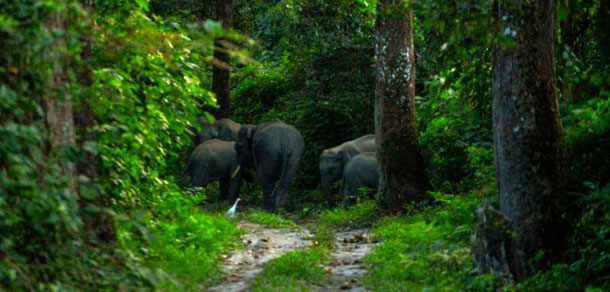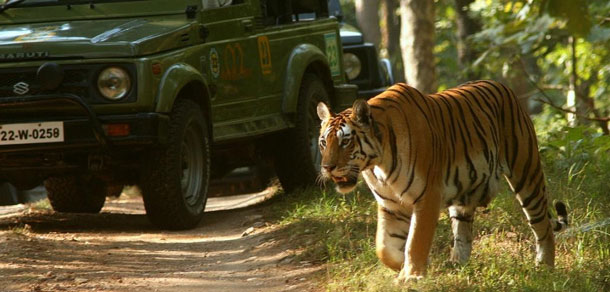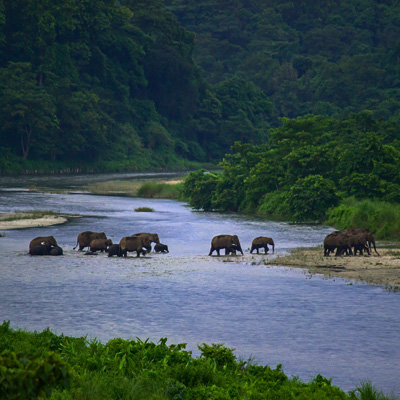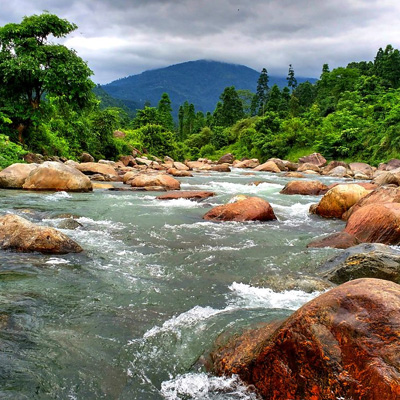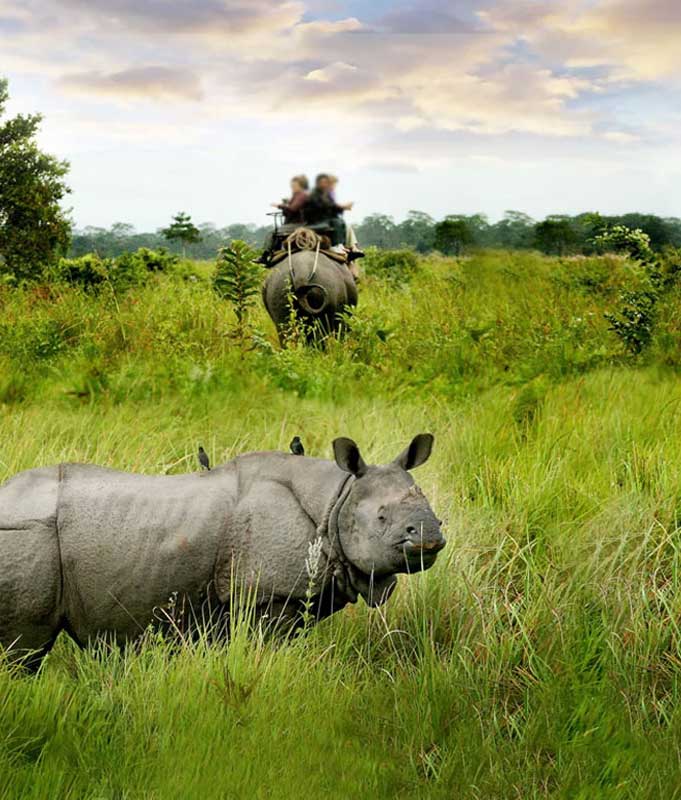
OVERVIEW
About Dooars
The Dooars or Duars are the alluvial floodplains in eastern-northeastern India and southern Bhutan that lie south of the outer foothills of the Himalayas and north of the Brahmaputra River basin. This region is about 30 km (19 mi) wide and stretches over about 350 km (220 mi) from the Teesta River in West Bengal to the Dhansiri River in Udalguri district of Assam. The region forms the gateway to Bhutan. It is part of the Terai-Duar savanna and grasslands ecoregion. Dooars means 'doors' in Assamese, Kamtapuri, Bengali, Maithili, Bhojpuri, and Magahi languages. There are 18 passages or gateways between the hills in Bhutan and the plains in India.[1] This region is divided by the Sankosh River into Eastern and Western Dooars, consisting of an area of 880 km. The Dooars belonged to the Kamata Kingdom under the Koch dynasty; They acted as a trade route between Assam and Bhutan. Assam exports Muga, silk cloth, endi cloth, dried fish and rice and imports consisted of woollen cloth, gold-dust, rock salt, yaktails musk, ponies and blankets from Bhutan.
In the reign of Ahom king Jayadhwaj Singha, the Druk Desi of Bhutan requested the transfer of these Duars to Bhutan. Therefore, an agreement was drawn, and the Darrang Duars went to the hands of Bhutias on the condition of annual tribute to Ahom side. The Darrang Duars were also surrendered to Ahoms annually for four months from June to October. These Duars were properties of Ahom government, but the Druk Desi of Bhutan took possession of them in last phase of 18th-century when the Ahoms were engaged in internal revolutions of the state.

